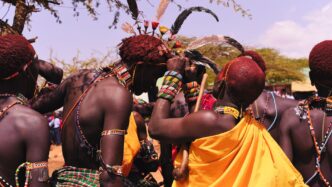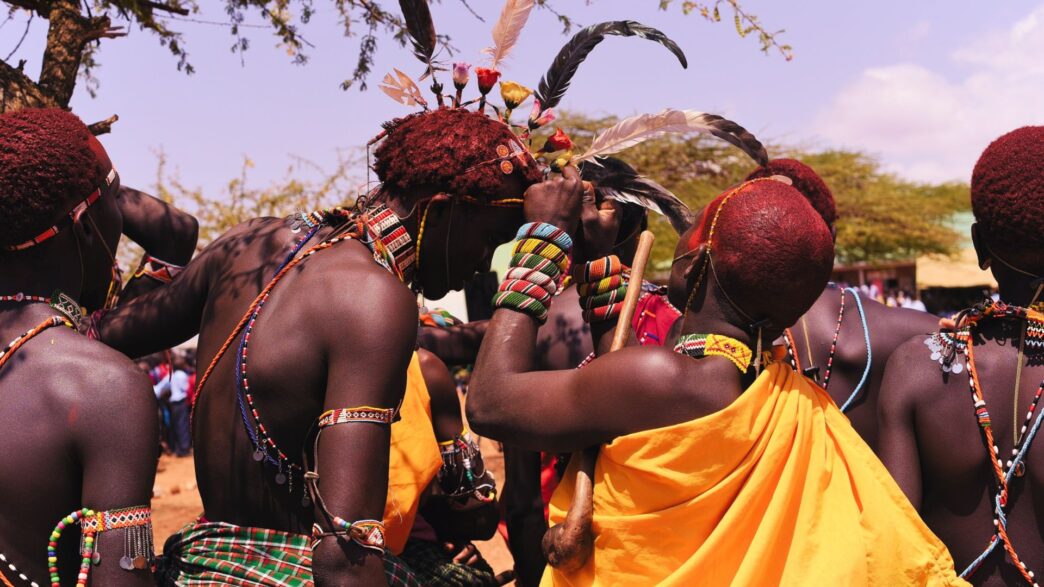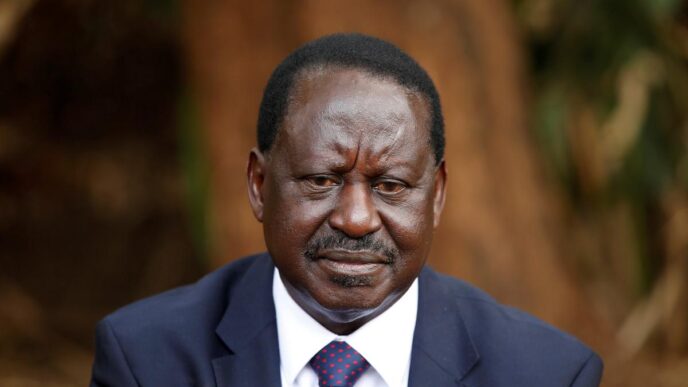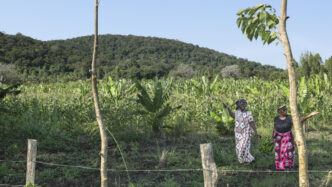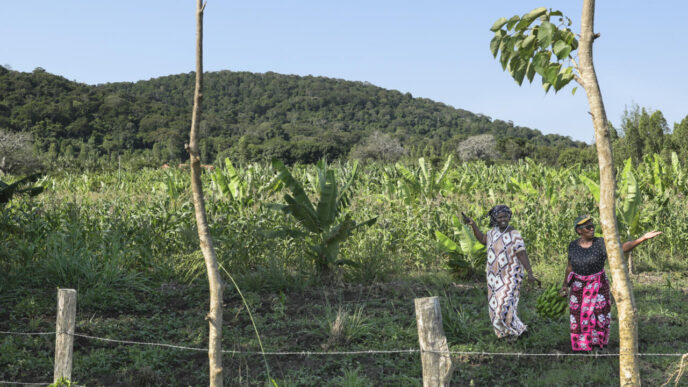During the Magical Kenya Tourism Expo 2025 held in Nairobi early October, Kenya revealed plans to pivot toward digital heritage tourism, eyeing the world’s growing young and tech-savvy travellers. Among the plans is a Digital Heritage Centre, an immersive innovation that will use virtual reality (VR), augmented reality (AR), and other interactive technologies to bring Kenya’s cultural heritage to life.
The centre will be hosted at the iconic 50-year-old Bomas of Kenya, known for displaying traditional villages representing several Kenyan ethnic groups and is a home to one of the largest auditoriums in Africa.
“At Bomas of Kenya we’ve been looking for innovative ways of preserving Kenyan culture and heritage for a very long time now. There are products that are already part of our brand that everyone knows about. But for the product to be more attractive and competitive, we have to find ways of re-engineering it,” said Dr. Kahithe Kiiru, production manager at Bomas Of Kenya, to the audience.
Dr. Kiiru said the institution is currently in a phase of “re-innovation and re-engineering,” leveraging technology to enhance performing arts, museum exhibits, and other aspects of cultural preservation. The Digital Heritage Centre will serve as a research and educational hub, archiving oral histories, traditional art forms, and indigenous knowledge for future generations in digital formats.
“It’s the direction the world is going, and we want Bomas to be a pioneering institution in East Africa with that kind of approach to culture .This is our way of ensuring that culture remains dynamic, relevant, and appealing to new generations,” she said.
Across the continent, top tourism destinations are taking on a similar path, reinventing how they present themselves to the world, with digital storytelling campaigns emerging as a key strategy to compete for arrival numbers. These destinations are going beyond traditional ways of packaging landmarks.
As Kenya seeks to walk a generation raised on digital screens and immersive entertainment through traditional villages in virtual space, in September, its neighbouring Tanzania rolled out the red carpet for ‘The African Dream,’ a new documentary film that doubles as a tourism manifesto.
The film showcases Tanzania’s sleek skyline, the Tanzanite Bridge, the Standard Gauge Railway, and the serene coastline of Zanzibar, fusing heritage, infrastructure, and investment promise into one cinematic pitch.
The 2025 release builds on the success of The Royal Tour (2022), which featured President, Samia Suluhu Hassan guiding viewers through her country’s attractions. It portrays Tanzania as a modern African powerhouse where clean energy projects, sustainable tourism, and culture coexist.
In northern Africa, Egypt is empowering its citizens to be a part of the tourism experience. In August, the Country’s Ministry of Tourism and Antiquities unveiled the ‘We Are Egypt’ campaign, a nationwide initiative designed to transform Egyptians themselves into ambassadors for their country.
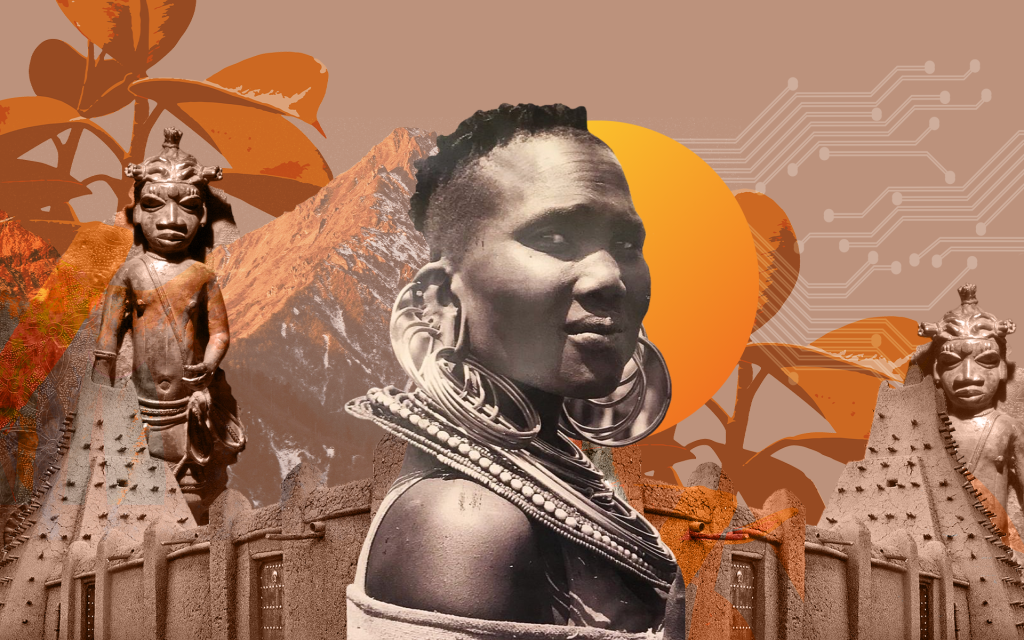
Unlike traditional campaigns showcasing pyramids and pharaohs, the new campaign’s focus is on everyday Egyptians, like cab drivers and café owners, assisting visitors to navigate attraction sites.
“The campaign aims to build a community culture based on pride in identity and welcoming the guest. Every Egyptian should be an ambassador,” said Egypt’s Tourism and Antiquities Minister, Sherif Fathy in a press statement.
Egypt’s new strategy comes alongside an ongoing digital investment headlined by a partnership with travel platform WEGO that targets one million Arab visitors by mid-2026. There are also YouTube short films such as ‘Hidden Egypt’ that explore experiences beyond the Nile Valley and Red Sea resorts.
South Africa is tying up creativity and policy innovation to ease travel. In September, South African Tourism launched the ‘South Africa Awaits, Come Find Your Joy!’ campaign across key European markets, including France, Italy, and Spain. The cinematic spectacle is backed by the creative agency Avatar and features Grammy-winning artist Zakes Bantwini, top chef Wandile Mabaso, and a soundtrack by musical icon Vusi Mahlasela. The film blends safari adventures with township jazz, marine biodiversity with mountain hikes, all framed as a rediscovery of “childlike wonder.”
To facilitate travel for film-makers and creative professionals, South Africa’s Department of Home Affairs recently introduced two digital visa programmes. STAGES (Screen Talent and Global Entertainment Scheme) and MEETS (Meetings, Events, Exhibitions and Tourism Scheme) simplify visa approvals for film crews, conference attendees, and event organisers.
“Together, STAGES and MEETS are set to transform South Africa into a leading global destination for film, tourism, sports, arts, culture and events – all sectors with enormous potential to grow the economy and create jobs,” Leon Schreiber told South Africa’s National Assembly.
Global tourism arrivals rebounded sharply in 2024, but competition for attention and spending has intensified, with a number of countries setting ambitious targets. Kenya hopes to welcome 5 million tourists by 2027, up from 2.4 million in 2024, Tanzania eyes 8 million by 2030, South Africa 15 million by 2030 and Egypt aims to reach 30 million visitors within the next four years, buoyed by the new Grand Egyptian Museum and the construction and renovation of infrastructure projects including electric trains, new roads, and tourism zones.
According to the UN Tourism World Tourism Barometer, international tourist arrivals rose by 5% in the first half of 2025 compared to 2024 and placing global travel 4% above pre-pandemic levels recorded in 2019. Africa posted a 12% surge in arrivals between January and June 2025 over the same period last year, underscoring the continent’s growing appeal in the global travel recovery. Africa’s share of global arrivals however, remains under 10 percent, despite its huge potential in coastal ecotourism, film tourism and heritage routes.
By Conrad Onyango, bird story agency.


 Trending
Trending 
